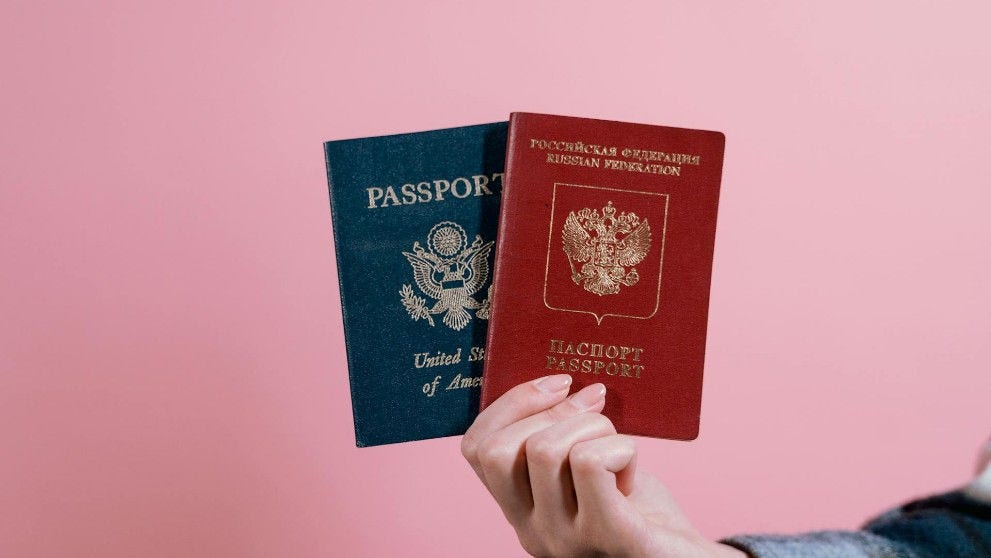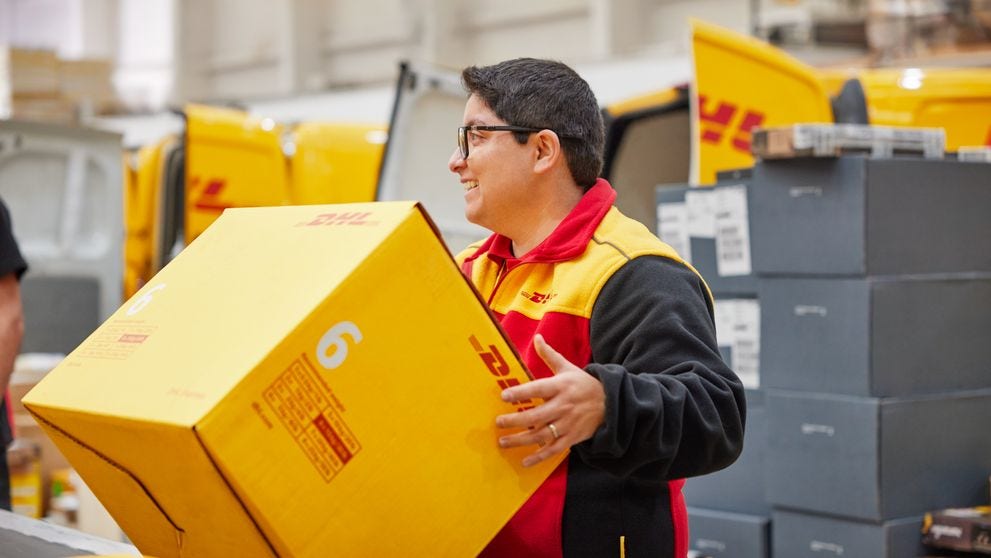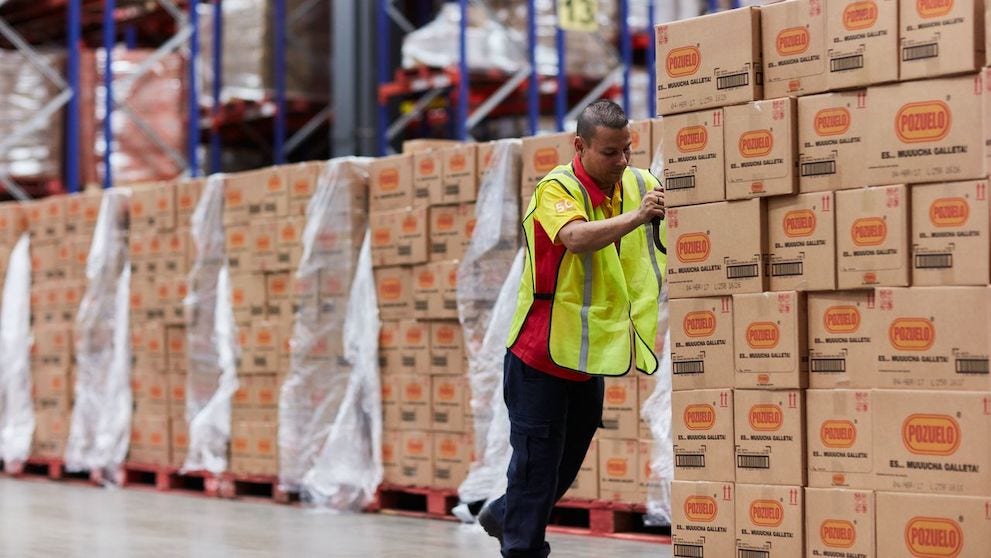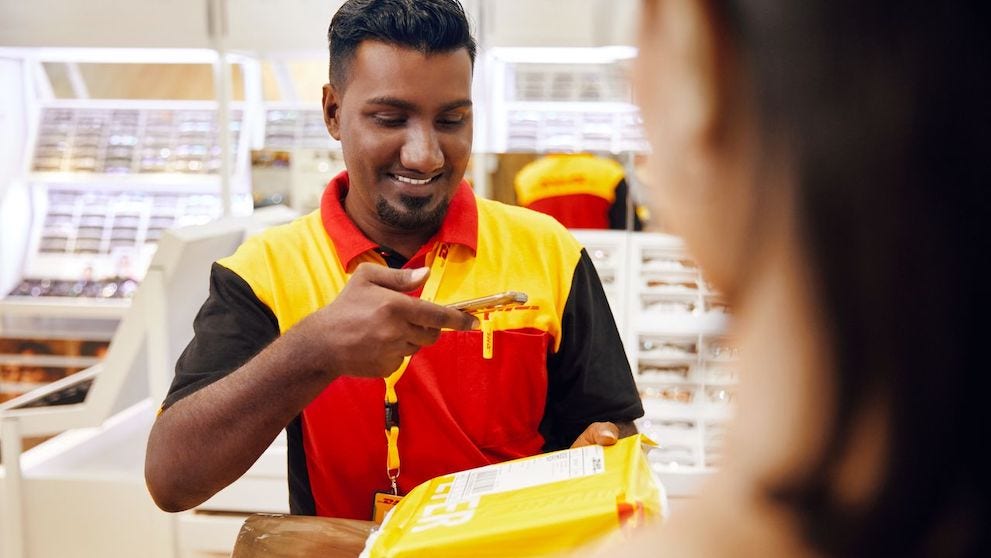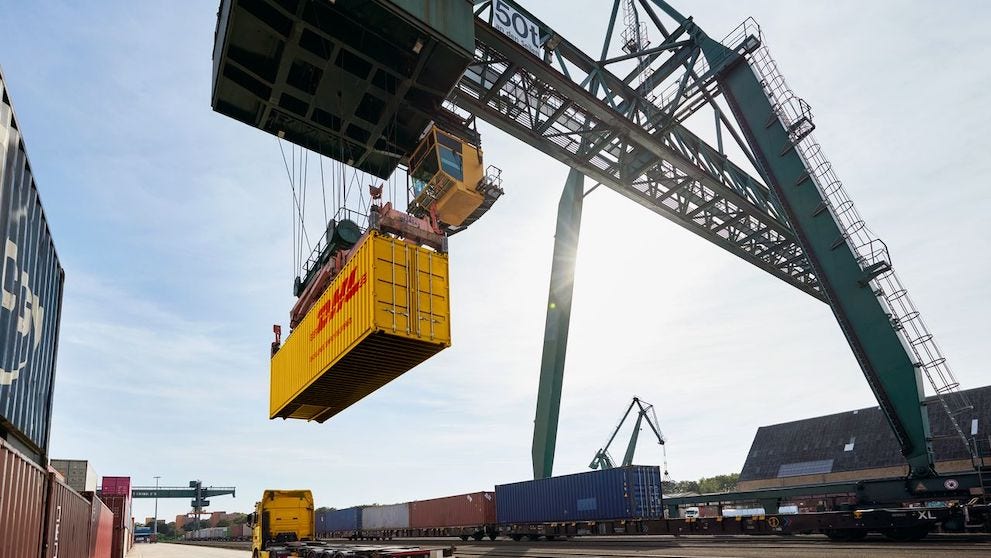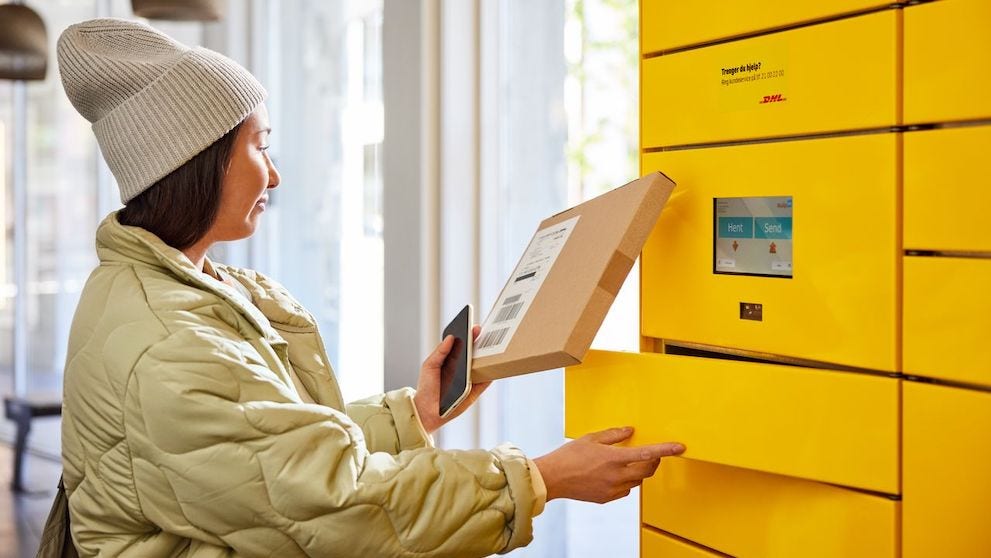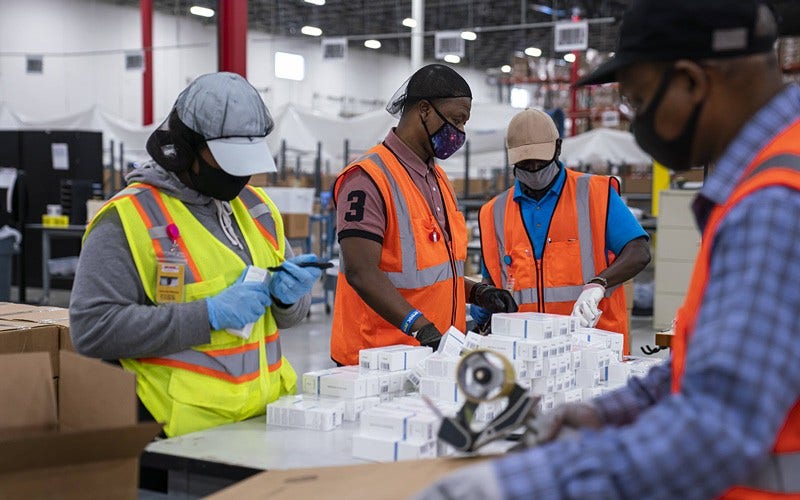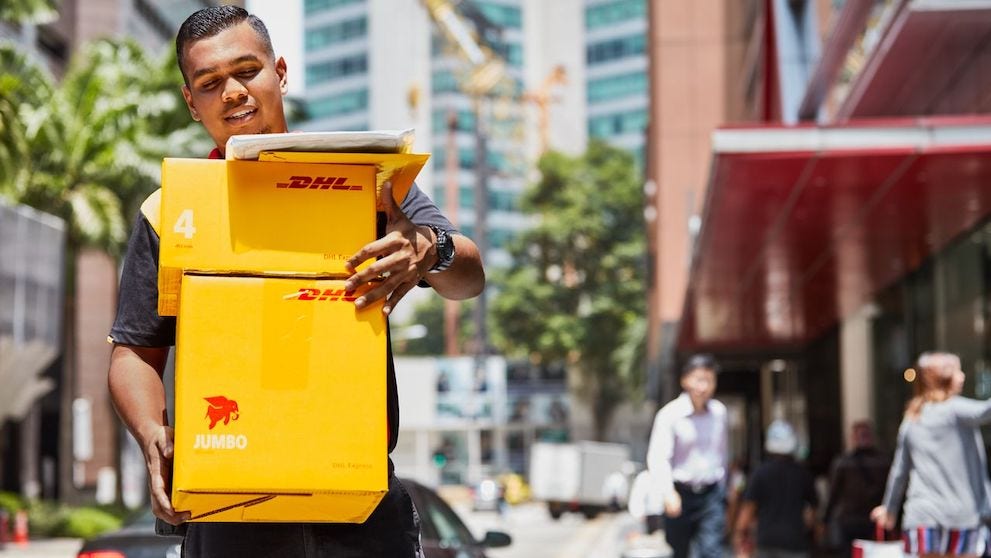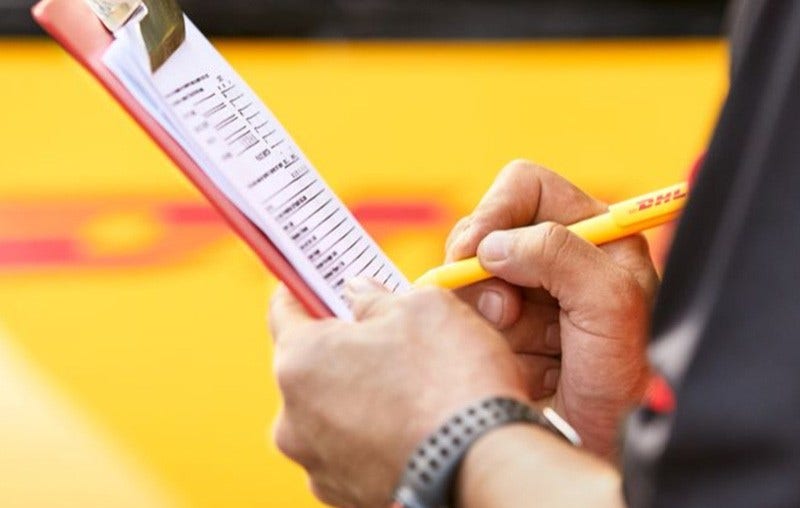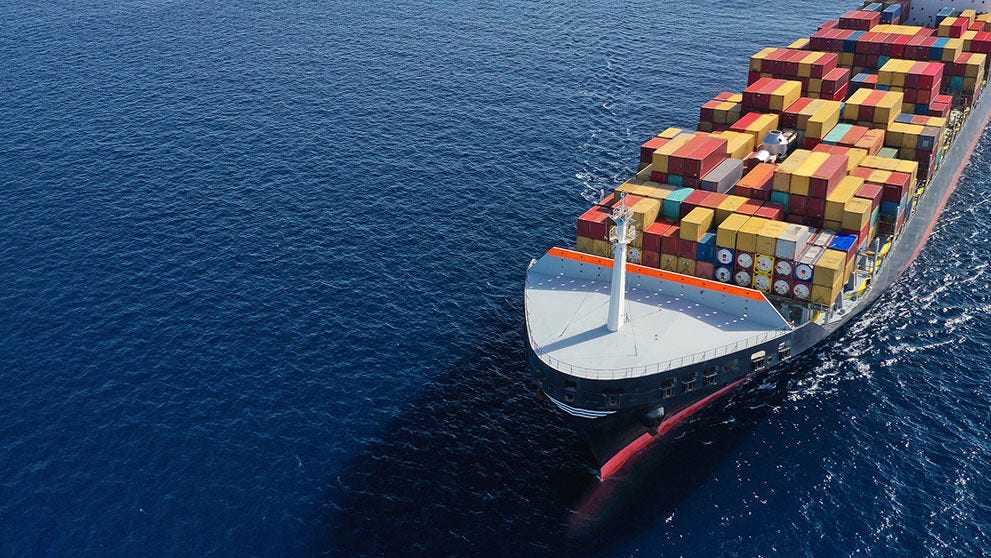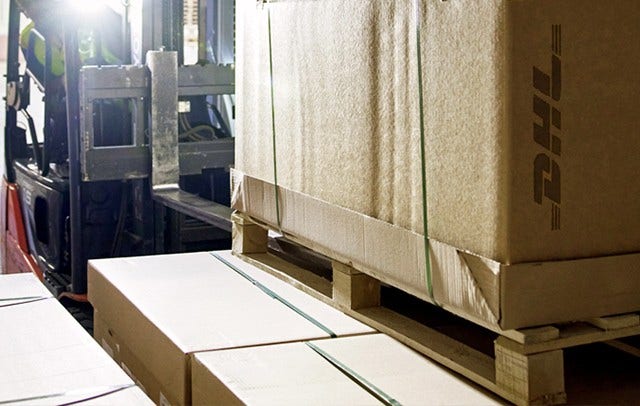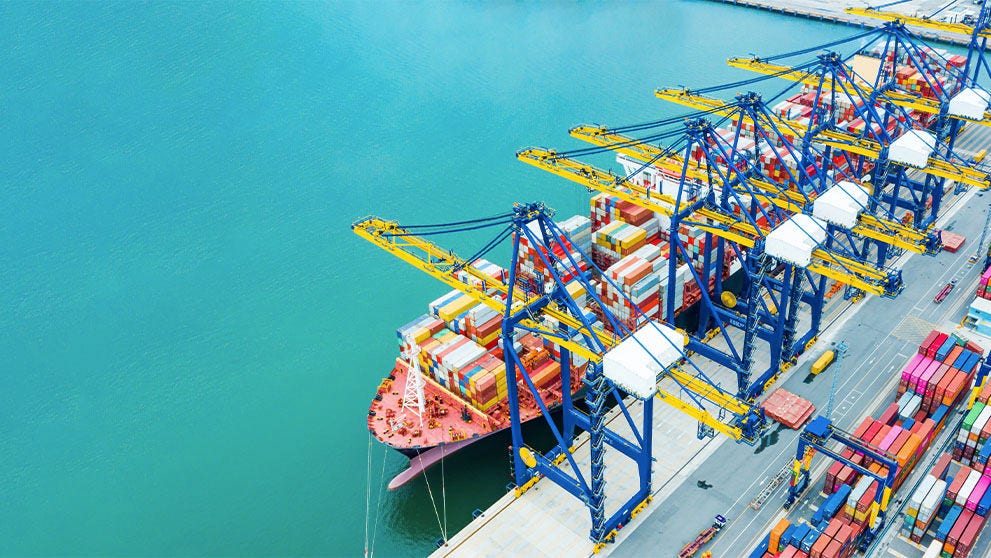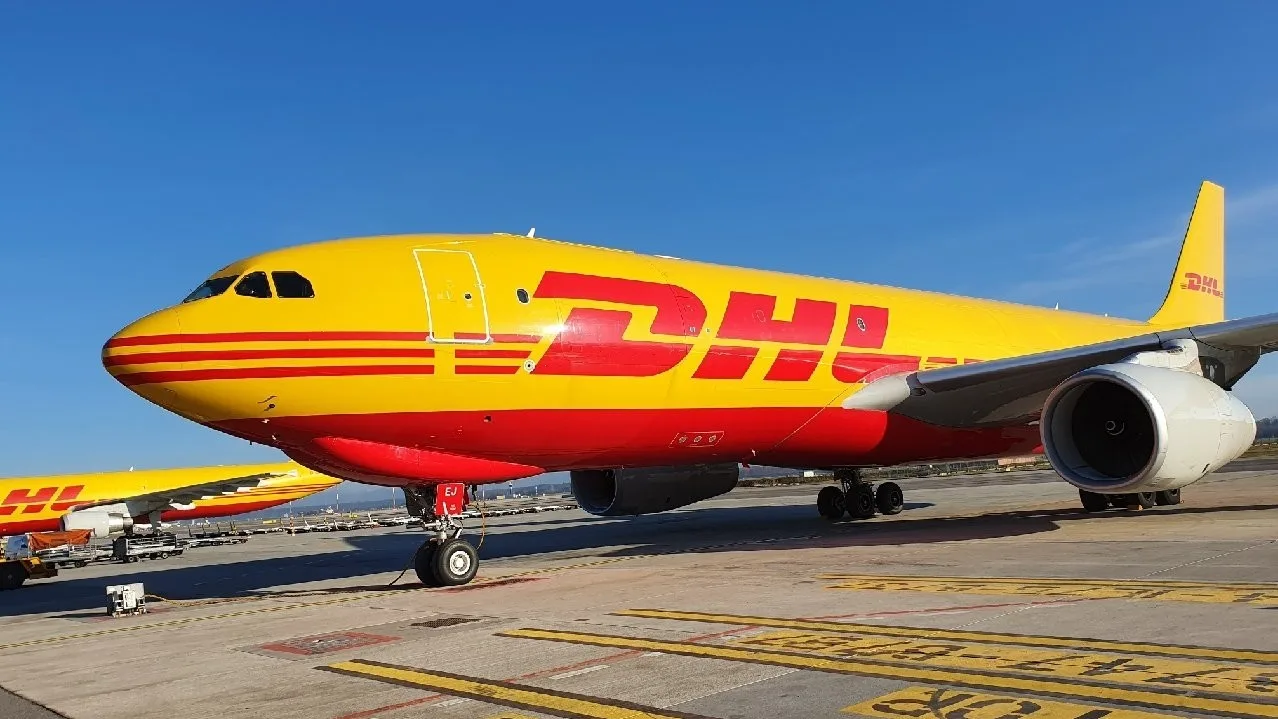
From lithium-ion batteries powering our devices to specialized chemicals vital for manufacturing, shipping dangerous goods is a critical task for many industries.
Yet, it’s a complex endeavour, requiring various approvals and processes to ensure safety and product integrity.
So, if you’re shipping dangerous goods out of Singapore, read on to understand the various product types and how to ensure regulatory compliance for a successful journey.
What are dangerous goods (DG)?
Dangerous goods, also referred to as hazardous materials (HAZMAT), are substances or articles that pose a significant risk to health, safety, property, or the environment when transported.
Due to their inherent characteristics, these items can be volatile and present destructive risks if not handled correctly. To manage these risks, all dangerous materials are categorized within nine internationally recognized classes.
This dangerous goods classification system provides a standardized framework, crucial for ensuring their safe and compliant shipment.
1. Explosives
Substances that explode or can trigger explosive devices.
e.g. fireworks, dynamite, detonators, ammunition
*DHL Express does not carry Class 1
2. Flammable gases
Gases that may ignite or burn instantly.
e.g. Aerosol, fire extinguishers, gas lighters, camping gas
2.2. Non-flammable and non-toxic gases
Gases that do not ignite and are not toxic, but have the ability to remove oxygen from the air. These can be transported under pressure or as refrigerated liquefied gas.
e.g. Hairspray, helium, oxygen
2.3. Toxic gases
Gases that have toxic or corrosive effects on humans and animals.
e.g. Teargas, nitrogen oxide, carbon monoxide
*DHL Express does not carry Class 2.3
3. Flammable liquids
Liquids that emit flammable gases at a temperature of <60°C.
e.g. Gasoline, oil-based paints, perfume, aftershave
4. Flammable solids
Solids that may either combust during transportation or cause/contribute to a fire.
e.g. Matches, camphor, waste rubber
4.2. Spontaneously combustible solids
Substances liable to spontaneous combustion or heating, which make them fire risks.
e.g. Hafnium, phosphorus
4.3. Dangerous when wet
Substances that, when wet, are liable to become spontaneously flammable or give off flammable gases in dangerous quantities.
e.g. Trichlorosilane, rubidium, alkali-metal alloy, lithium
5. Oxidising substances
Substances that may give off oxygen, and therefore cause or contribute to the combustion of another material.
e.g. Oxygen generators, zinc chlorate, potassium chlorate
5.2 Organic peroxides
Substances that can decompose explosively or react dangerously with other materials.
e.g. Fertilizers, drain cleaners, toolkits with hardeners
6. Toxic substances
Substances that may cause death, injury, or harm to humans when swallowed, inhaled, or in contact with the skin.
e.g. Cyanide, rat poison, herbicides, insecticides
6.2. Infectious substances
Substances known, or expected, to contain pathogens that can cause disease in humans or animals.
e.g. Viruses, infectious diagnostic specimens, blood samples
*DHL Express does not carry Class 6.2
7. Radioactive material
Substances that spontaneously and continuously emit radiation that can be harmful to human and animal health and affect photographic or X-ray film.
e.g. X-ray machines, some fire and smoke alarms
*DHL Express does not carry Class 7
8. Corrosive substances
Substances that can cause severe damage when in contact with living tissue (e.g. skin) and other materials, including metal.
e.g. Sulfuric acid, mercury, hydrochloric acid, and various other acids
9. Miscellaneous
Substances that do not meet the criteria of the other eight classes in the dangerous goods list but are considered dangerous for transport.
e.g. Asbestos, dry ice, magnetic material, consumer goods, self-inflatable rescue equipment like vests and airbags.
NOTE: This article should not be taken as the final DG instructions when shipping internationally with DHL Express. It is best to check with your account manager or our customer service team prior to shipping. Create a DHL Express account for streamlined customer service 24/7, so you’re always guided when you need help.
What dangerous goods can DHL Express ship?
DHL Express is a certified international carrier equipped to handle a wide range of dangerous materials for approved account holders.
For instance,, we regularly transport flammable liquids like perfumes, lithium batteries, and dry ice, adhering strictly to the following regulations to ensure their safe movement:
- Air shipments: International Air Transport Association’s (IATA) Dangerous Goods Regulations (DGR)1
- Land shipments: European Agreement concerning the International Carriage of Dangerous Goods by Road (ADR)2
However, DHL Express does not ship certain universally prohibited items, including:
- Class 1 Explosives, such as ammunition and fireworks
- Class 2.3 Toxic Gases, such as teargas
- Class 6.2 Infectious Substances, such as viruses
- Class 7 Radioactive Material
How to ship dangerous goods with DHL Express (five steps)
To ensure your consignments are handled safely, compliantly, and efficiently, follow our five-step guide on shipping dangerous goods internationally from Singapore.
1. Get your account approved
You will first need a DHL Express account to be an Approved Shipper of dangerous goods. This process typically begins with an initial consultation where a dangerous goods expert from DHL assesses your shipping requirements.
Subsequently, they may inspect your premises to evaluate your eligibility to become an approved shipper. Various factors, such as the presence of qualified on-site staff and the implementation of proper handling procedures, will be taken into account.
2. Ensure your personnel are qualified
A critical aspect of any dangerous goods or hazardous materials shipping requirements is ensuring your staff are properly qualified. You will need to have at least one staff member on-site who is DG-certified by the IATA.
This certification is particularly vital when shipping hazardous materials belonging to specific categories, such as:
- UN3733 (biological substances)
- UN1845 (dry ice)
- DG in Excepted Quantities (EQ)
- Class 9 DG cargo (with the exception of Lithium Batteries Section II)
This person must be present to manage shipment preparation and documentation, ensuring adherence to shipping regulations.
3. Use a compliant product and destination strategy
On top of ensuring that your dangerous goods are allowed for shipment, you must also verify that they will be accepted by the destination country's regulations. To maintain your eligibility, ship the items exactly as agreed upon, with no alterations to the product or quantity.
Additionally, regulations for shipping hazardous materials may vary from country to country. For instance, in Singapore, the recommended timings for transportation of dangerous goods on roads are between 9am and 5pm from Monday to Saturday, with no transportation allowed on Sundays and public holidays. As such, you would have to arrange transportation within these allowed times.
4. Ensure proper packaging and labelling
Use UN-certified packaging for your dangerous goods. These specialized packaging boxes are designed to prevent leaks and withstand pressure changes during air transportation, ensuring product integrity and overall safety.
For instance, flammable liquids must be packed to ensure absolutely no spillage in transit. On top of that, contingency should be put in place within the package to contain any internal spillage, preventing it from affecting other shipments or the aircraft.
Moreover, you must ensure accurate and unobscured hazard labels on your packages, keeping in line with the latest IATA standards. This is particularly crucial for fully-regulated goods under Class 9 dangerous goods and ID8000 (consumer commodities).
5. Prepare accurate documentation
Accurate documentation is essential for international HAZMAT shipping. You will have to provide a Declaration for Dangerous Goods (DGD) to certify that your shipment has been prepared according to relevant regulations.
Furthermore, you'll need the following supporting paperwork:
- Air waybill: This serves as the contract of carriage and receipt for your goods, providing tracking information for your international shipping services.
- Invoice: An accurate shipping invoice is needed to describe the materials being transported, including their value, for customs assessment.
- MSDS: The Material Safety Data Sheet provides a technical breakdown of your item’s chemical properties and hazards. For example, it might be required to prove that a hand sanitizer without alcohol content is non-flammable and not dangerous.
Why choose DHL Express as your dangerous goods courier?
OPEN A BUSINESS ACCOUNT
An Hour
Notifications
Process
Flight Out
Service
When you choose DHL Express to import or export your DG cargo, you can be assured that it will be handled by a dedicated team of international professionals from start to finish. Here’s what you can expect:
Dedicated DG shipping experts
If you are unsure about your dangerous goods classification, our in-house team of experts is available to offer guidance and support. They’re knowledgeable about the local customs regulations in every country, ensuring that your packages are handled properly and carefully.
Seamless pick-up and delivery
DHL Express has the resources and experience to handle all sorts of dangerous cargo. With our seamless operational processes from shipment processing to final delivery, you can enjoy a smooth end-to-end international HAZMAT shipping experience.
Strict compliance
DHL Express is committed to providing the highest level of safety and security when it comes to dealing with hazardous items. As such, we ensure all of our shipments fully adhere to international, regional, and country regulations.
Ship with peace of mind. Get your dangerous goods delivered safely from Singapore with DHL Express.
Open a DHL Express business account todayFrequently asked questions about shipping dangerous goods internationally
1. What are considered dangerous goods when shipping?
Dangerous goods, also known as hazardous materials (HAZMAT), are items or substances that are capable of posing a significant risk to health, safety, property, or the environment if not handled, transported, and stored properly. Some dangerous goods in shipping include explosives, flammable and combustible liquids, radioactive materials, and corrosives.
Dangerous goods shipping companies like DHL Express must follow strict regulations and guidelines when transporting such goods to ensure the safety of employees, customers, and the public.
2. What is the main difference between a security item and dangerous goods?
Dangerous goods are substances posing inherent risks to health, safety, or property due to their chemical or physical properties.
In contrast, security items typically refer to goods that pose a security threat due to misuse, such as those that could be used for terrorism or illegal activities. As such, these goods require specific security protocols.
3. What are the three most common types of packaging used in shipping dangerous goods?
Dangerous goods can only be shipped in packaging boxes that bear the following UN markings:
- UN-X marking: Substances of packing group I (high danger)
- UN-Y marking: Substances of packing group II (medium danger)
- UN-Z marking: Substances of packing group III (low danger)
4. What is a MSDS for dangerous goods?
MSDS stands for Material Safety Data Sheet. In dangerous goods shipping, this document provides detailed information about a substance's properties, hazards, safe handling, and emergency procedures. It helps determine if a material is classified as dangerous and guides its safe transportation.
5. Is there a DG surcharge for shipping dangerous goods by DHL Express?
DHL Express can carry acceptable quantities of dangerous goods or hazardous materials. Packages containing dangerous goods materials will be assessed, and a service charge will be applied accordingly. Other additional charges may also apply.







